Table of Contents
- Why Puppy Toys Are More Than “Just Play”
- Which Types of Puppy Toys Actually Make Sense?
- How to Spot Safe, High-Quality Toys
- What You Should Avoid
- DIY Ideas & Variety Without Overstimulation
- Using Toys in Training: Bonding & Bite Inhibition
- Everyday Tips: Rotation, Rest & Hygiene
- FAQ
- Takeaway
Why Puppy Toys Are More Than “Just Play”
Good puppy toys aren’t a “nice to have” - they’re part of healthy development. The right toys ease teething pressure, redirect chewing away from furniture and shoes, build motor skills and problem-solving, and keep training sessions short, clear, and motivating. The right setup also helps your pup learn bite inhibition and frustration tolerance, which makes daily life noticeably calmer.
Important: not every toy is puppy-friendly. Size, material, and build quality determine safety. In this guide you’ll learn which toys truly make sense, what to look for when buying, and how to use toys smartly in training.

Which Types of Puppy Toys Actually Make Sense?
- Teething & chew toys: Soft to medium-firm chew rings, rubbery chews, or fillable toys. They satisfy natural chewing needs and soothe tender gums. Watch hardness—overly hard items can damage teeth.
- Fillable puzzle toys: Food-stuffable toys, treat balls, simple puzzles. They encourage calm problem-solving and independent play without amping your puppy up.
- Fetch & tug toys: Soft fetch dummies, fleece tugs. Great for short, shared sessions that build cooperation. For tug: keep it brief with clear start/stop cues.
- Plush comfort toys: Durable, sewn plush without small parts. Especially helpful for sensitive youngsters during rest and when building confidence with short alone-time (how-to).
- Sniff & search tools: Lick mats, simple scent trails, mini hide-and-seek games. Nose work tires the brain—perfect before a nap.
How to Spot Safe, High-Quality Toys
- Size & shape: Larger than your pup’s mouth opening, no sharp edges, and no detachable small pieces.
- Material: Food-grade, saliva-safe, BPA/phthalate-free plastics or natural materials. Avoid splintering woods and crumbling foams.
- Hardness: Puppy teeth need some give. Thumb-nail test: if you can slightly indent the surface, it’s often puppy-friendly.
- Cleanability: Smooth, wipeable surfaces or machine-washable at 86–140 °F (30–60 °C). Clean toys = better breath and fewer tummy issues.
- Clear purpose: One toy—one main function. Overly complex “do-everything” toys overwhelm puppies.
Tip: build basic manners alongside your toy setup. Our guides to Sit, Down, Stay and impulse control help keep playtime structured.

What You Should Avoid
- Very hard bones/antlers: High risk of tooth fractures—especially during teething.
- Cheap plastics & squeaky small parts: Choking and ingestion hazards. If using squeakers, supervise closely.
- Rope with loose fibers: Strands can be swallowed and cause intestinal issues.
- Sticks, rocks, tennis balls: Abrasive felt on tennis balls can wear teeth; sticks may splinter.
DIY Ideas & Variety Without Overstimulation
- T-shirt tug: Braid washed cotton strips into a tug. Secure knots; trim frayed ends regularly.
- Treat roll: Fill a clean paper roll, fold ends in (supervise; swap out if your pup shreds).
- Ice minis: Freeze low-sodium broth or yogurt-water and serve on a lick mat for teething relief—always supervised.
Keep it fresh with rotation: put ~70% of toys “on pause” and swap every 2–3 days. Everything stays exciting without constant new purchases.
Using Toys in Training: Bonding & Bite Inhibition
Toys are powerful training tools—when dosed and guided well.
- Bite inhibition: If a tug gets too mouthy, briefly “freeze,” end the game, wait 5–10 seconds, then restart calmly. Gentle mouth = game continues. For more, see Puppy biting: what to do.
- Reward switching: Rotate between food, tug, and environmental rewards so your pup stays flexible and motivated—great for recall.
- Mini drills: 30–90 seconds of “Sit–Tug–Drop–Sit–Fetch.” Short bursts, clear cues, then a break. Need ideas? Try fun trick training.
Outdoors, a well-fitting dog collar and reliable leash give you control when arousal spikes—handy if toys are used as rewards in the park.
Everyday Tips: Rotation, Rest & Hygiene
- Play–sleep rhythm: Puppies need a nap after every activity. Keep sessions 2–5 minutes, then send them to their mat.
- Defined zones: A “play blanket” signals it’s game time; off the blanket means calmer chewing, licking, or cuddling.
- Cleaning: Wash plush weekly; rinse rubber/TPR toys hot. Clean fillable toys after each use.
- Dental care: Toys don’t replace hygiene. See our guide: brush your dog’s teeth.
- Kids & puppies: Always supervise joint play. Clear rules and frequent breaks—see Puppies & kids.

FAQ
How many toys does a puppy need?
Less is more: 5–8 carefully chosen pieces you rotate is usually plenty.
When to introduce which toys?
At homecoming: soft chews, a lick mat, one tug. More complex puzzles around 14–16 weeks as frustration tolerance grows.
My puppy destroys everything—help?
Adjust hardness, shorten sessions, increase supervision. Offer alternatives, end rough chewing early and calmly, then restart.
Are squeaky toys okay?
Only with supervision. The arousal spike is high—use briefly and swap before your pup fixates on the squeaker.
Takeaway
The best puppy toys match age, mouth size, and temperament—and are used intentionally. With a few high-quality pieces, clear guidance, and smart rotation, you’ll build bite inhibition, frustration tolerance, and a strong bond. Playtime becomes learning time—and your daily routine gets calmer, safer, and way more fun.


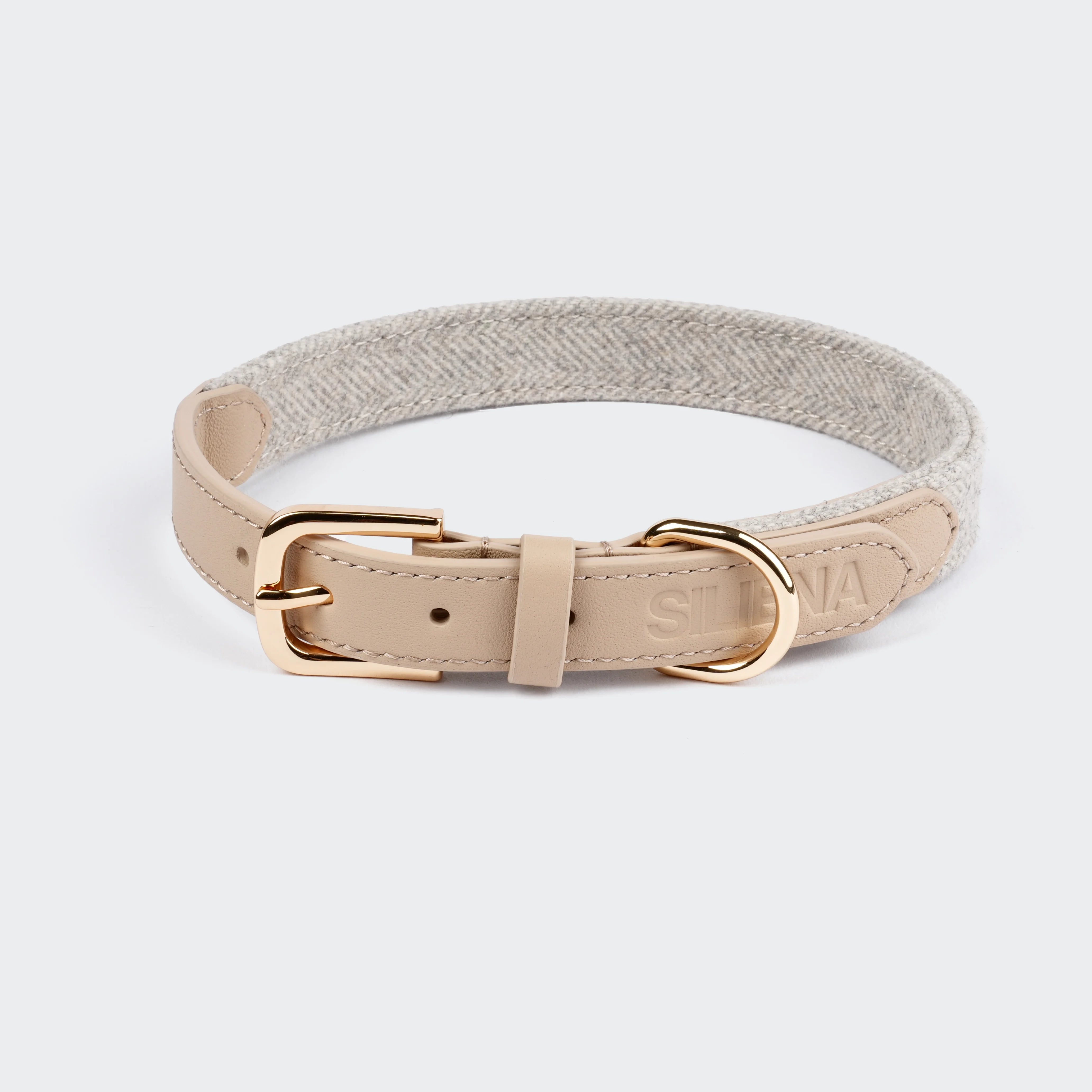
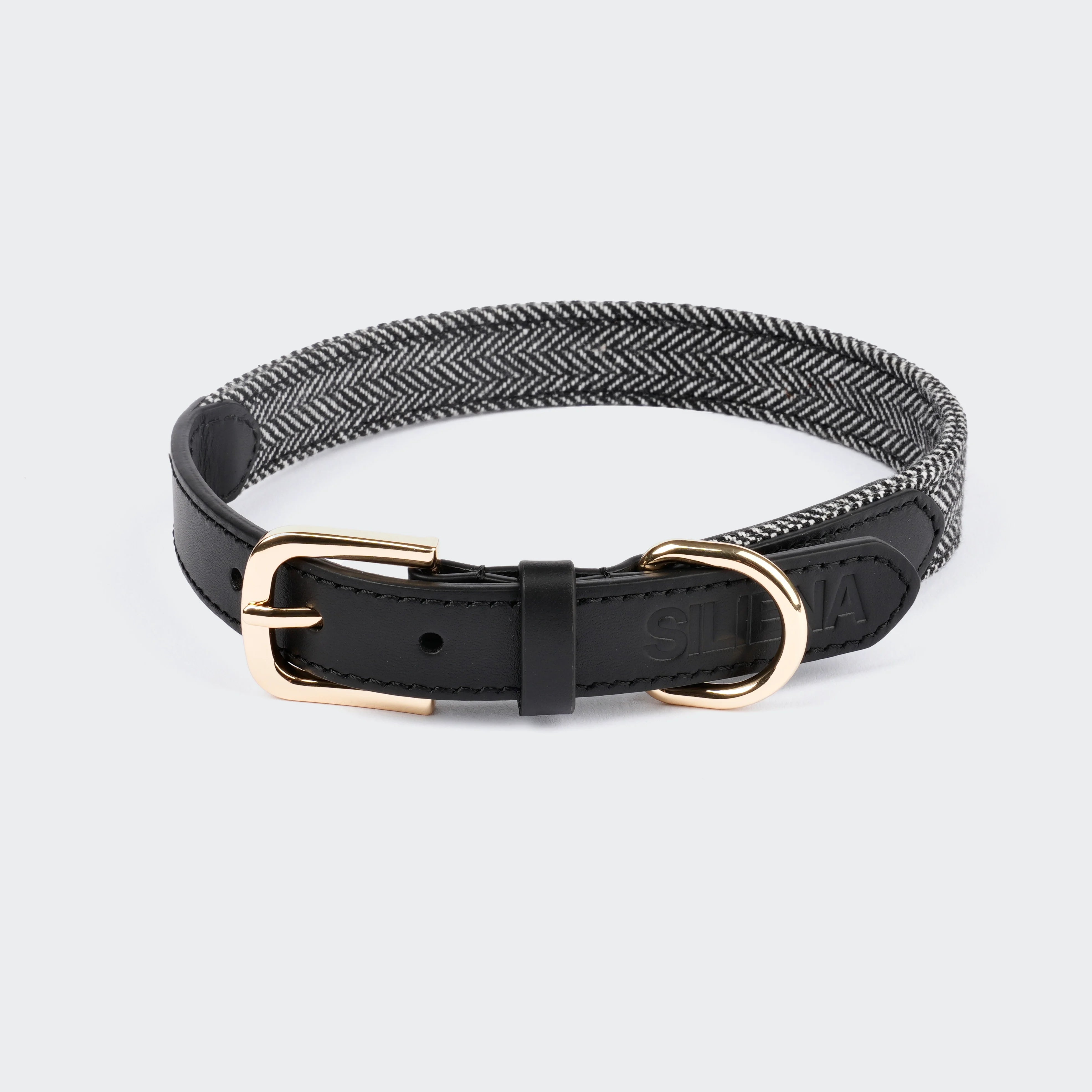
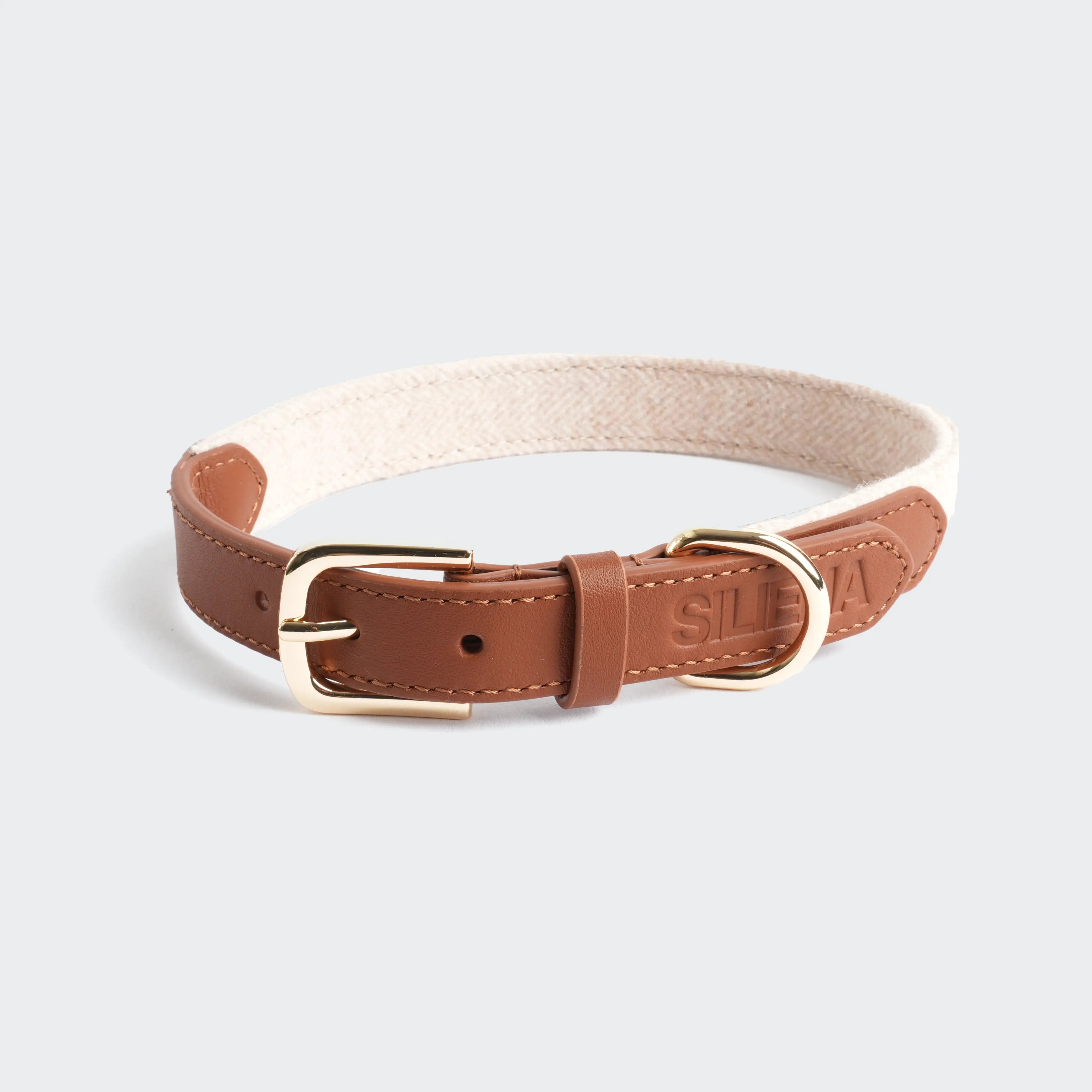
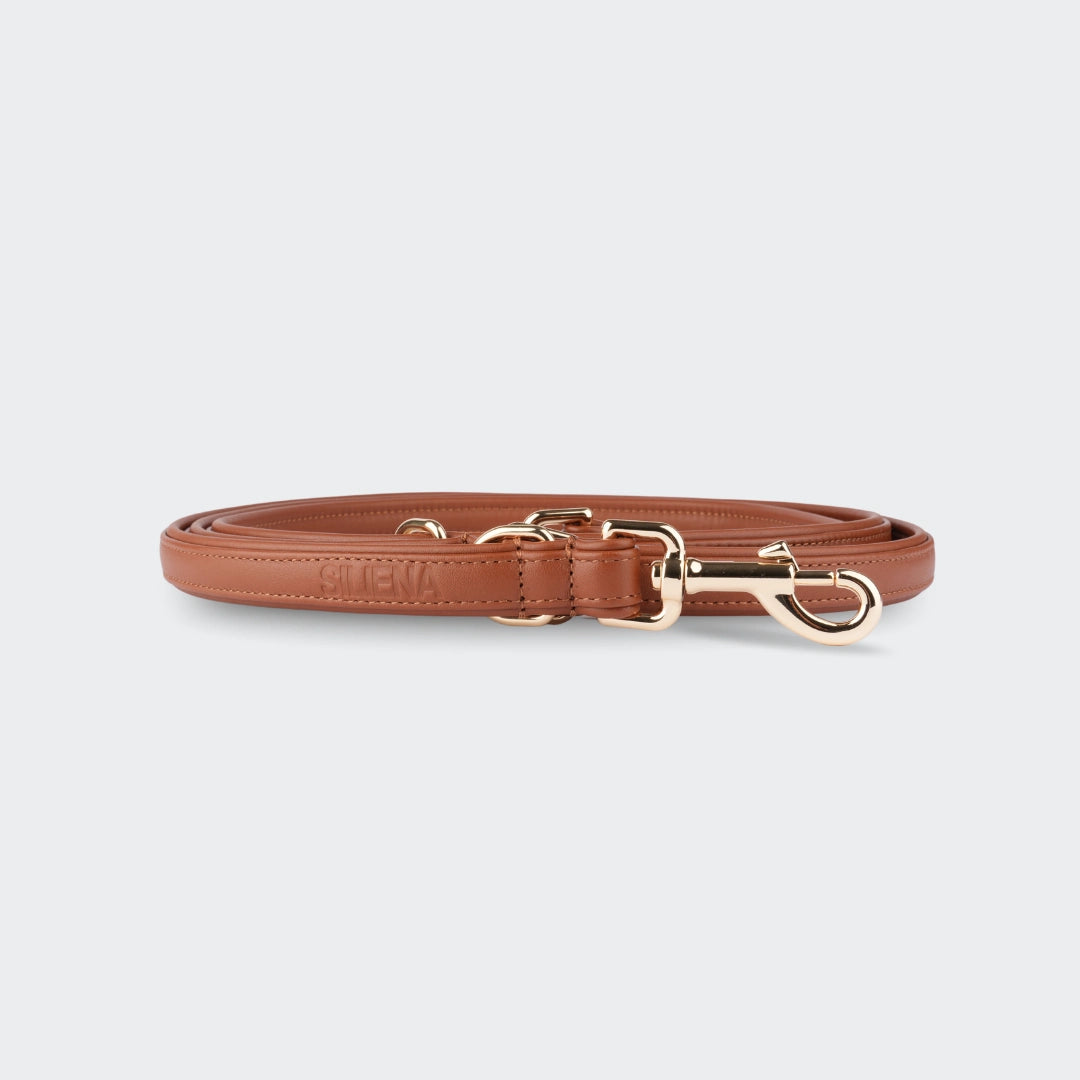
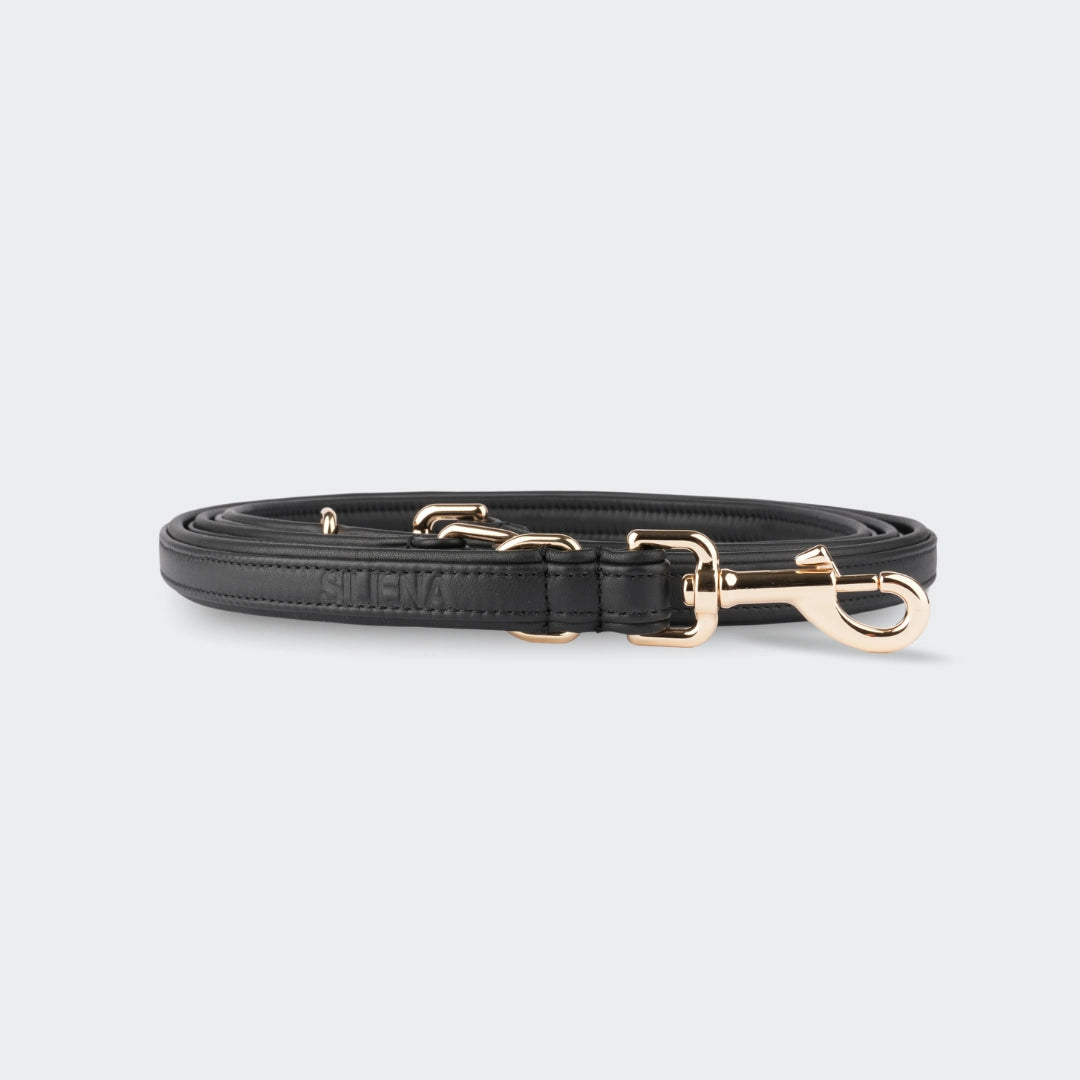
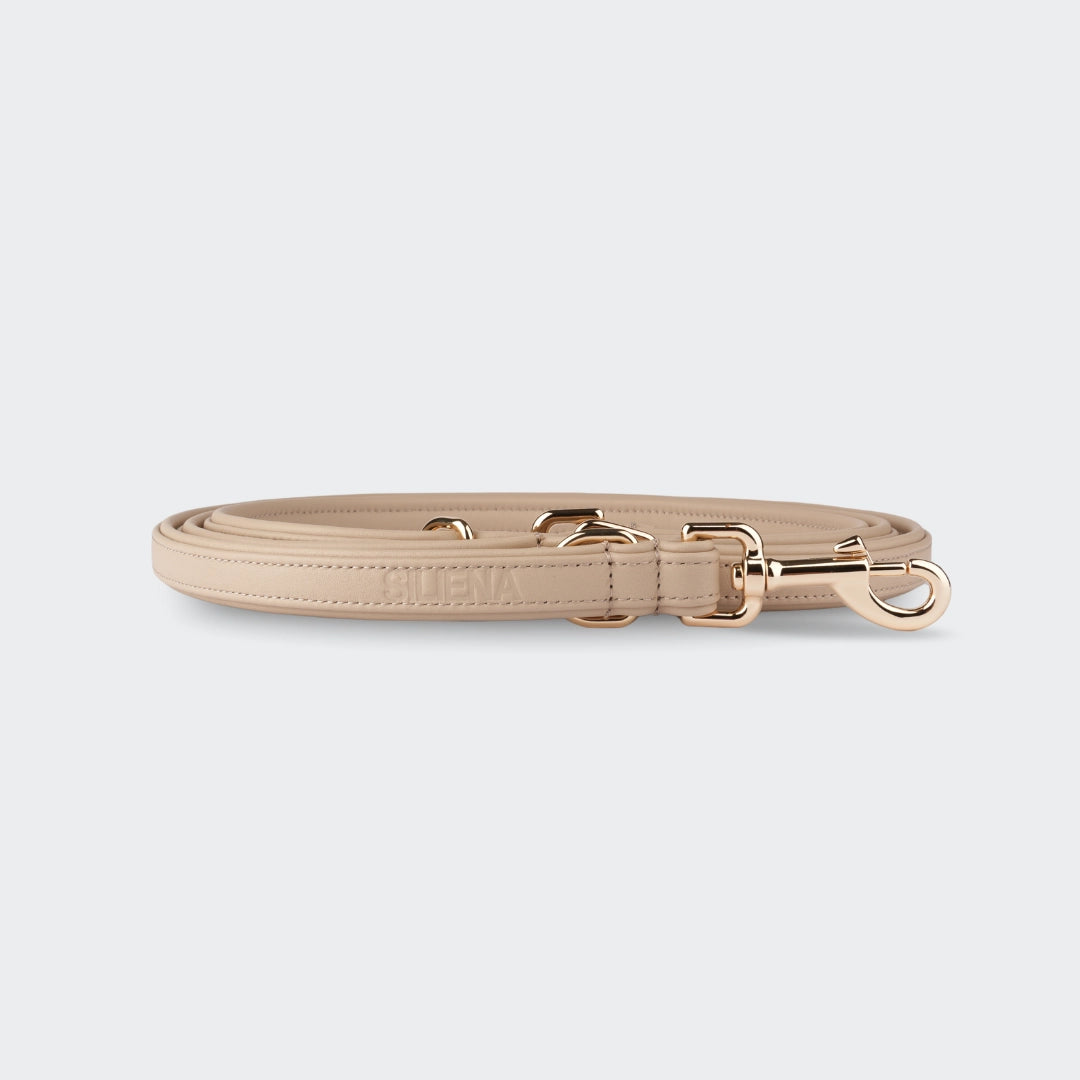
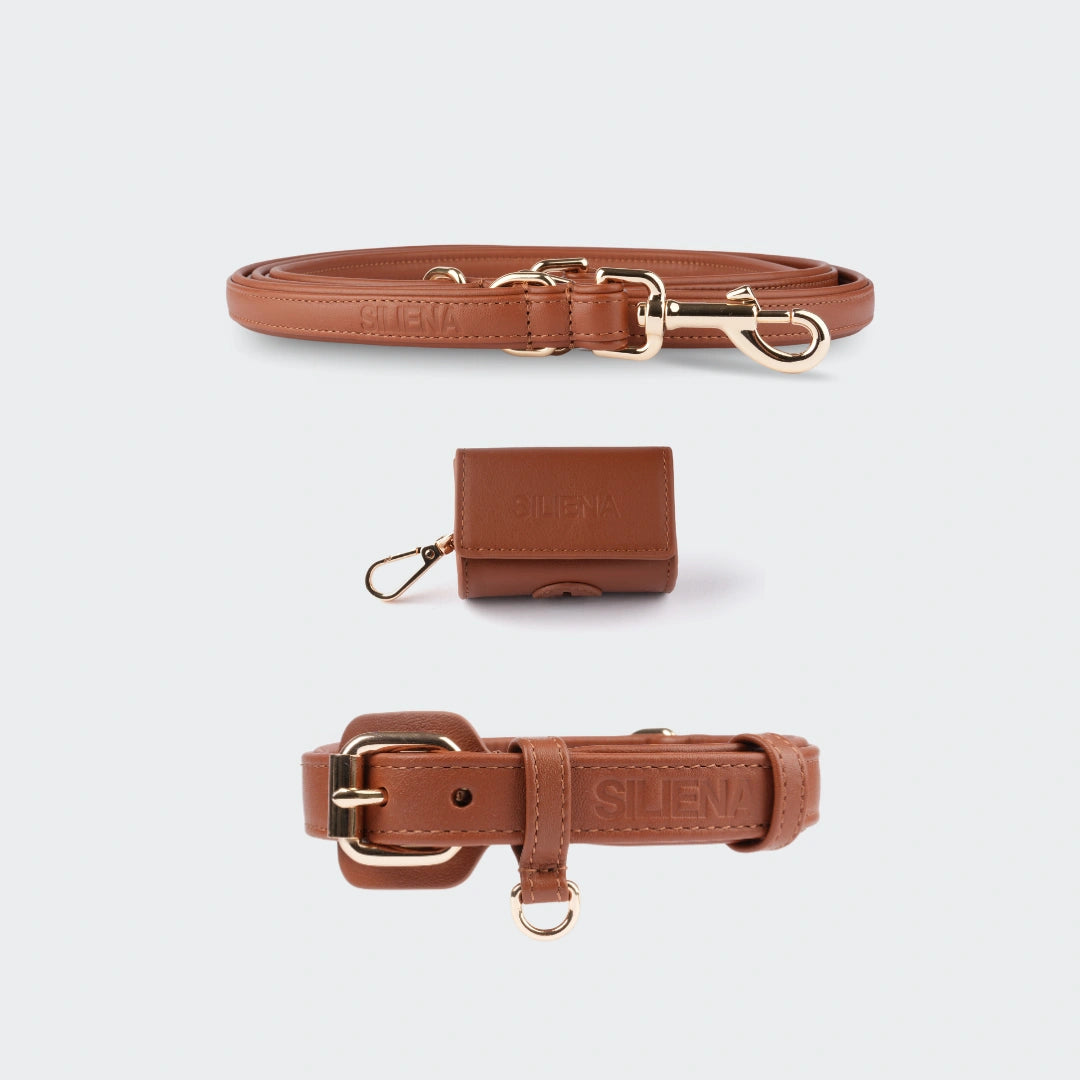
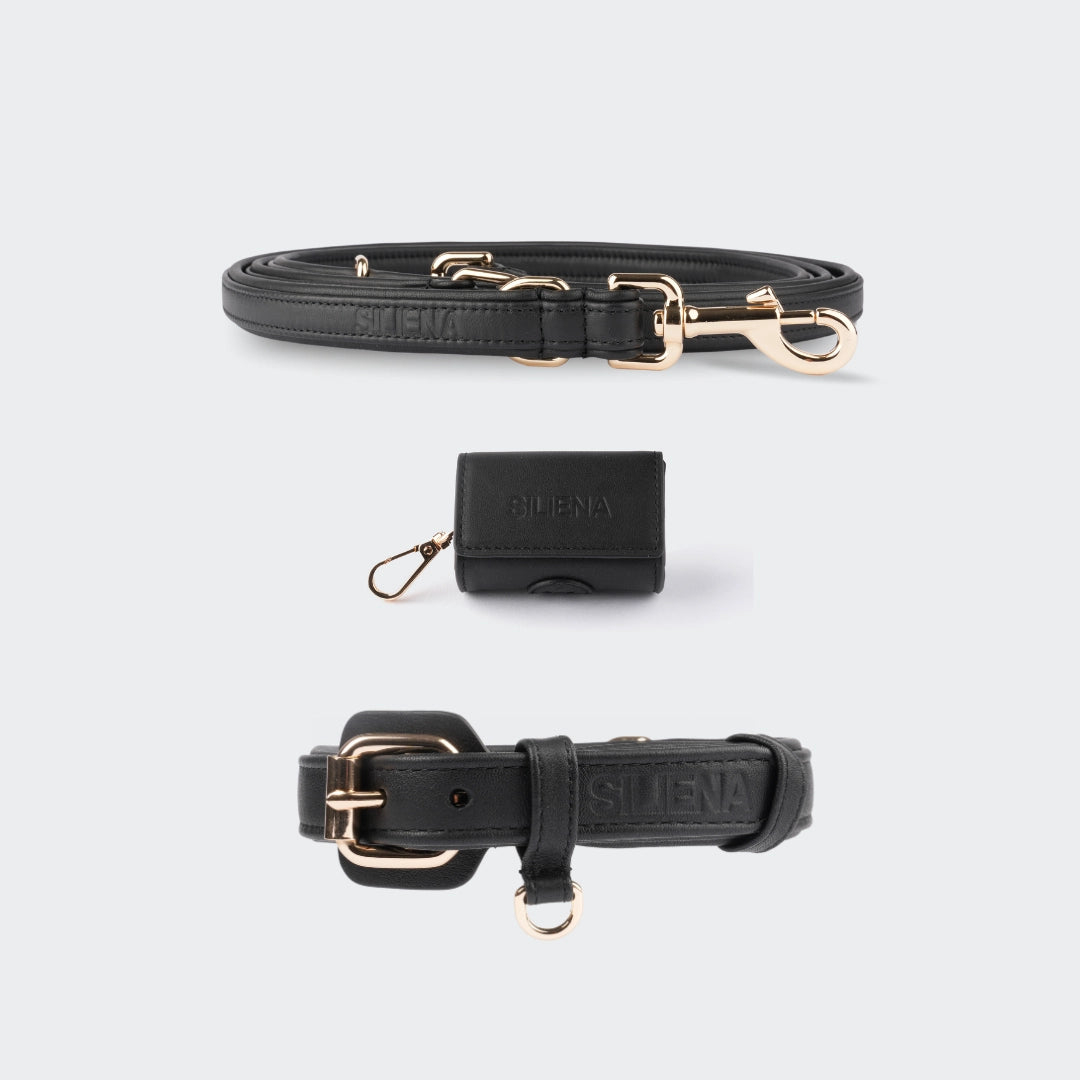
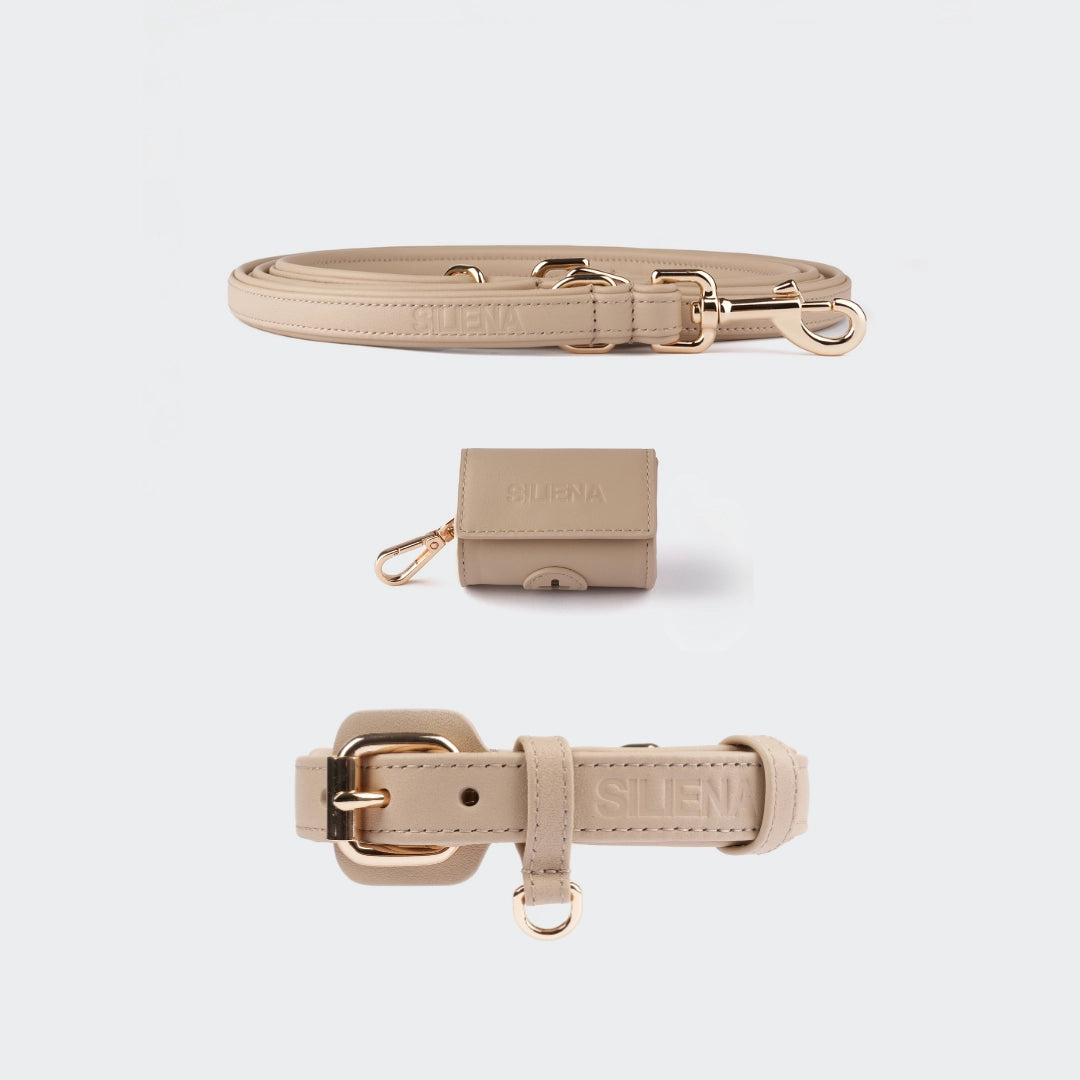
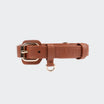
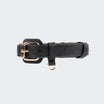

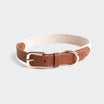
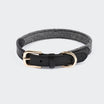
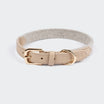


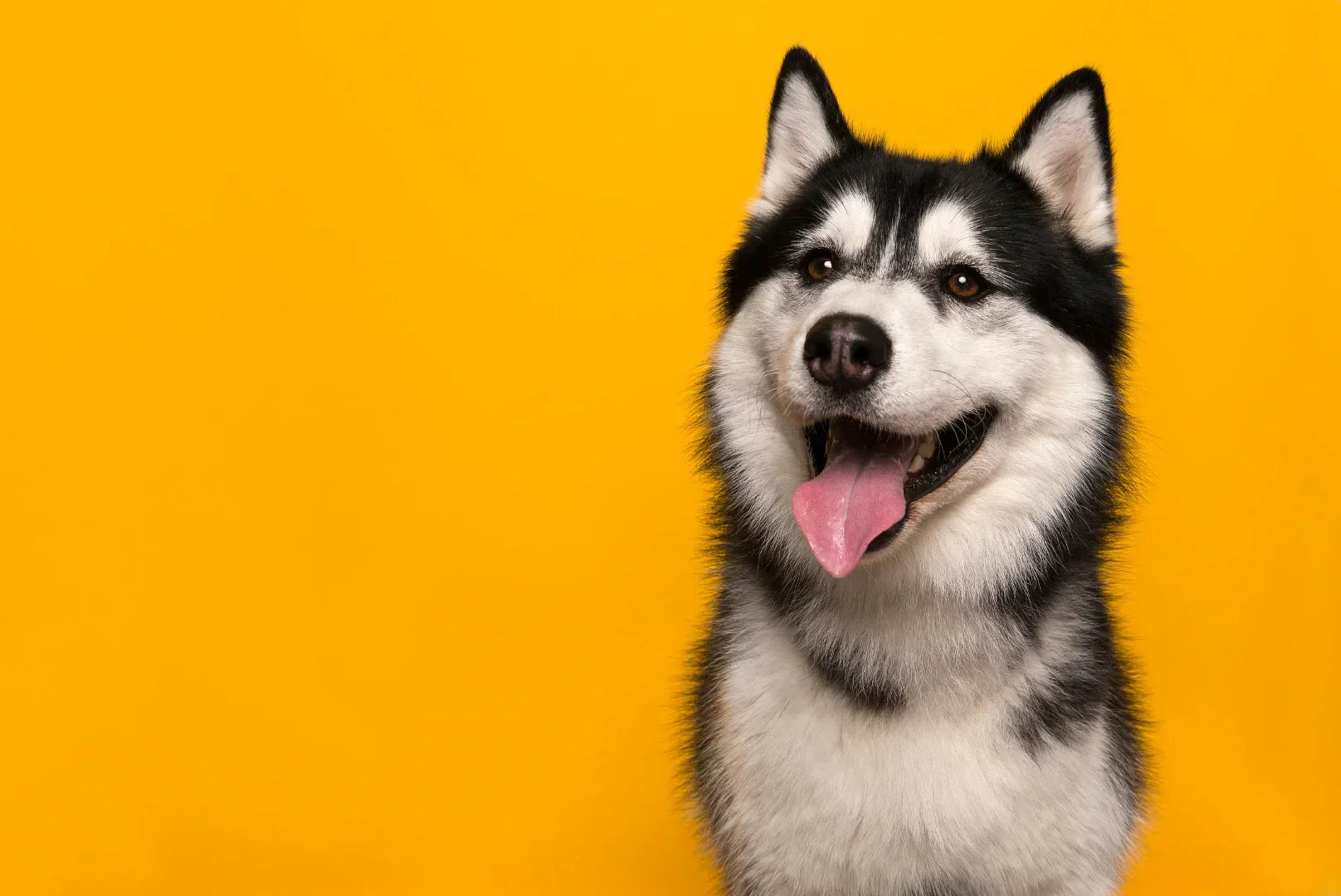
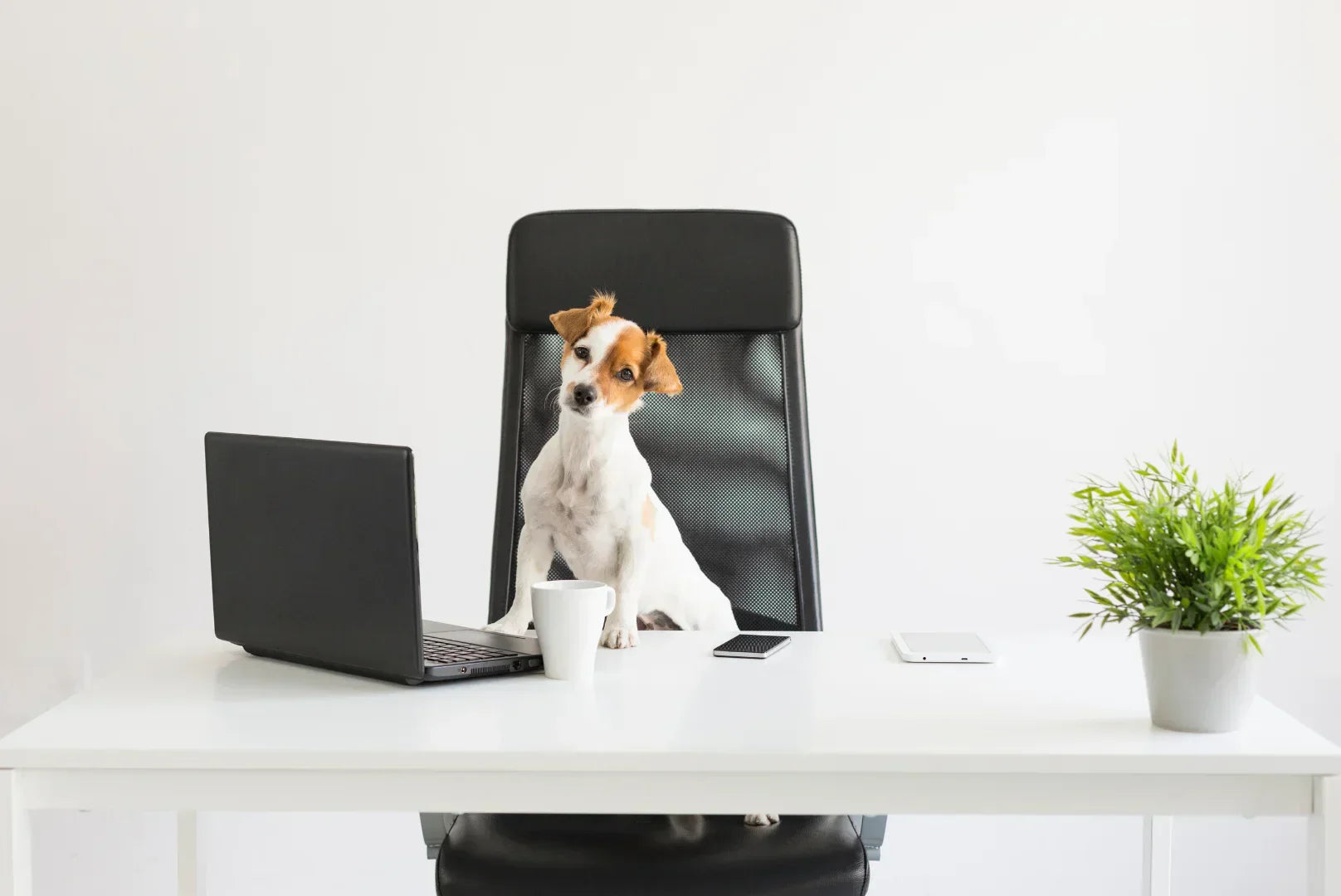


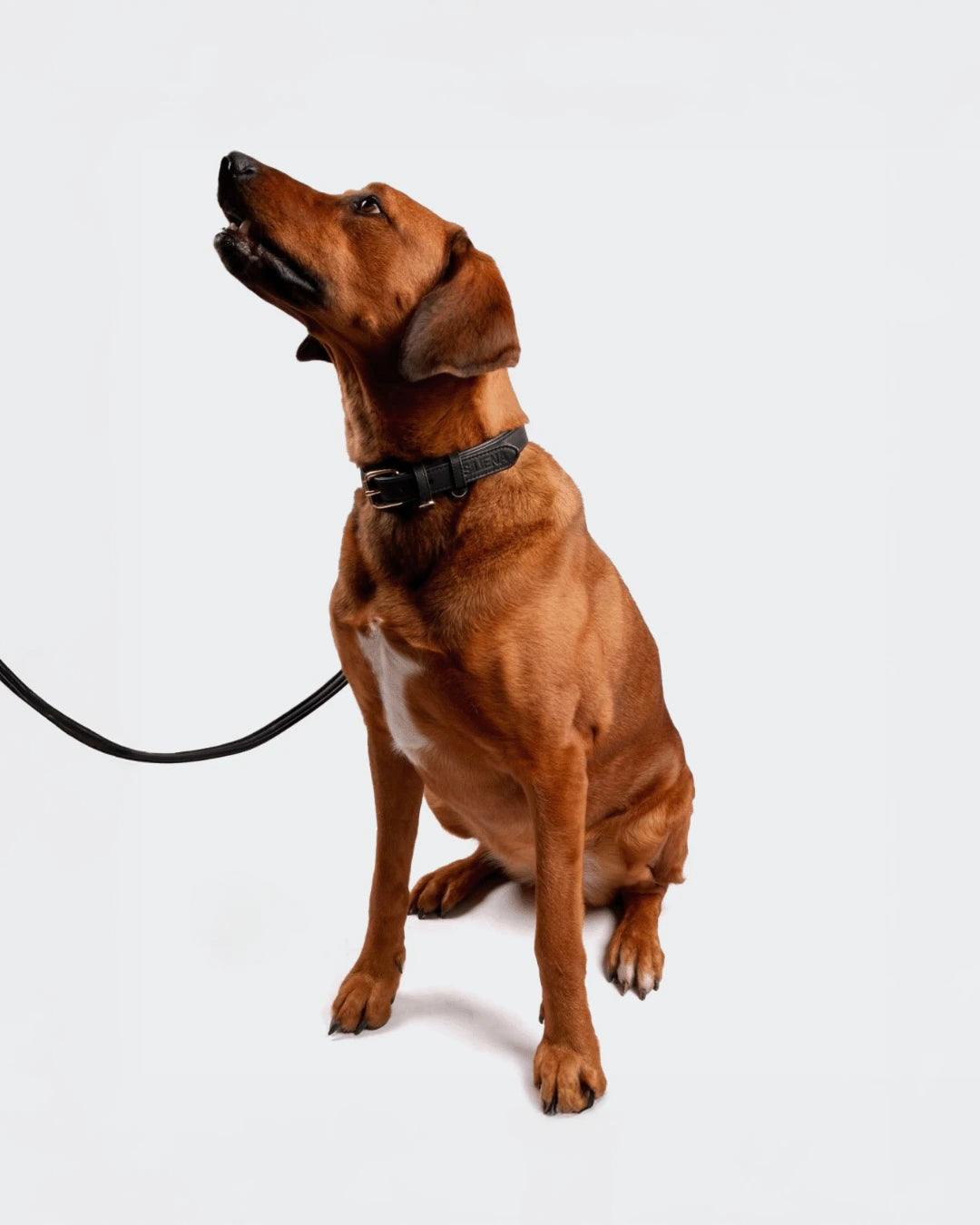
Leave a comment
This site is protected by hCaptcha and the hCaptcha Privacy Policy and Terms of Service apply.